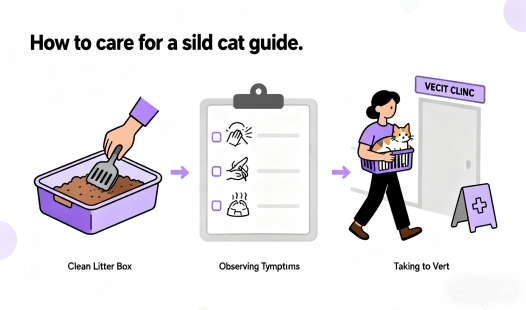Average GS-441524 treatment cost by FIP type and weight
Cost Components of a GS-441524 Treatment Protocol
- Cost Components of a GS-441524 Treatment Protocol
- Estimating GS-441524 Dosage and Cost by FIP Phenotype and Patient Weight
- Comparative Cost Analysis of GS-441524 Forms: Injection vs. Oral
- Financial Planning and Assistance Programs for GS-441524 Therapy
- The Long-Term Financial Impact of GS-441524 Treatment for FIP
- Conclusion
- FAQ
- Partner with BLOOM TECH for Your GS-441524 Needs
- References
Feline Infectious Peritonitis (FIP) is a terrible illness that cats all over the world have to deal with. Many cat owners are hopeful since the GS-441524 drug was found to be a possible FIP treatment. However, the price of this treatment can vary significantly depending on a number of factors. This detailed guide will show how much the average GS-441524 drug treatment costs based on the type of FIP and the cat's weight. Understanding these cost factors will help cat owners assess how this potentially life-saving therapy will affect their finances.
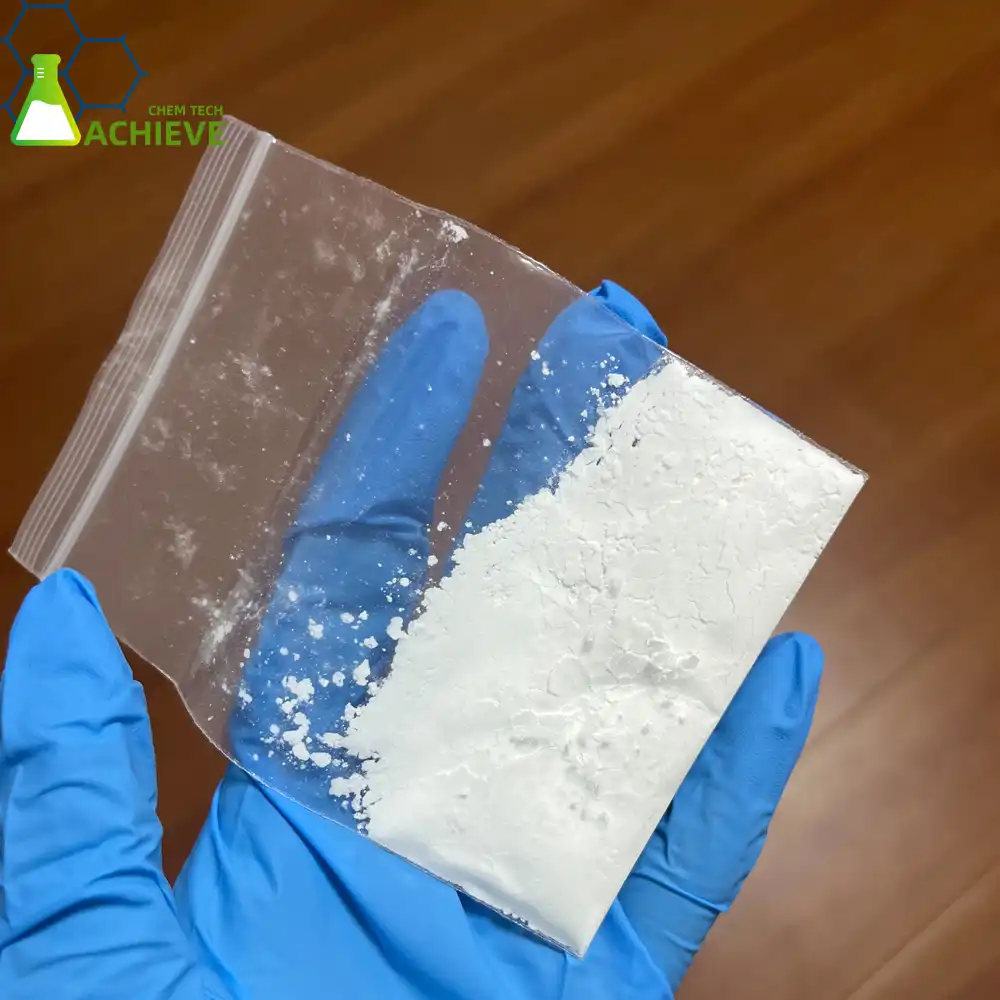
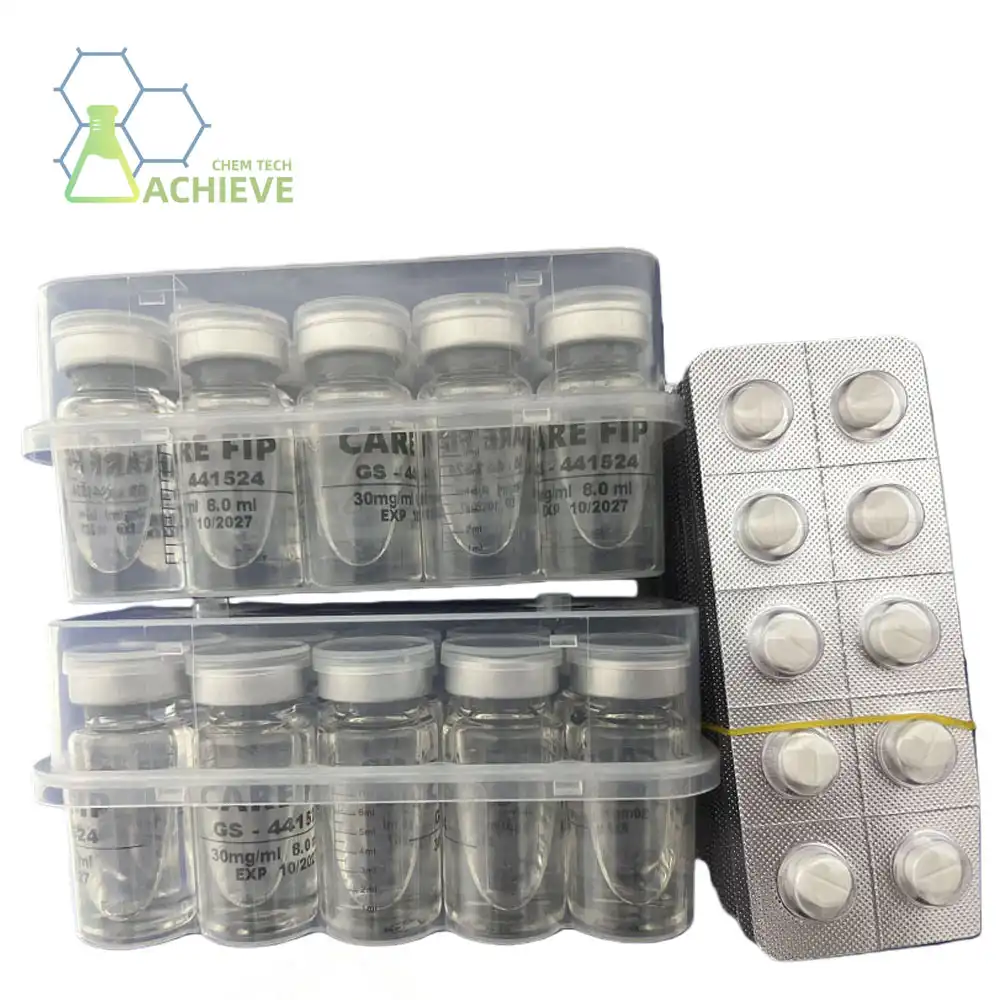

Cost Components of a GS-441524 Treatment Protocol
Understanding the various elements that contribute to the overall cost of GS-441524 treatment is crucial for pet owners considering this option for their FIP-affected cats. The primary cost components include:
Medication Cost
The cost of GS-441524 itself is one of the largest expenses associated with the treatment. The price can vary depending on the supplier, the form of medication (injectable or oral), and the dosage required based on the cat's weight and the type of FIP it is diagnosed with. The higher the dosage and the length of treatment, the more costly the medication will be.
Veterinary Consultations and Monitoring
Throughout the treatment process, regular check-ups with the vet are essential to ensure that the cat is responding well to the medication. Blood tests and health monitoring are required to track progress, assess liver and kidney function, and adjust the dosage if necessary. These veterinary services can add up over the course of the treatment.
Supportive Care
In addition to the primary medication, some cats may require additional supportive care. This could include fluid therapy, nutritional supplements, or other medications to help manage the symptoms of FIP and support the cat’s overall health during treatment. The severity of the FIP case will influence the need for such care, further contributing to the total cost.
Duration of Treatment
The standard GS-441524 treatment typically lasts for 84 days, but in some cases, the treatment may need to be extended if the cat’s condition doesn’t improve as expected. Longer treatment durations increase the cost, as both medication and ongoing veterinary services will be needed.
|
|
|
|
Estimating GS-441524 Dosage and Cost by FIP Phenotype and Patient Weight
The dosage of GS-441524 required for effective fip treatment varies based on the type of FIP (wet, dry, or neurological) and the cat's weight. Here's a breakdown of the average dosages and estimated costs:
Wet FIP
Cats with wet FIP typically require a lower dosage compared to other forms:
- Small cats (2-4 kg): 5-6 mg/kg/day, estimated cost: $3,000-$4,000 for 84 days
- Medium cats (4-6 kg): 4-5 mg/kg/day, estimated cost: $3,500-$4,500 for 84 days
- Large cats (6+ kg): 4 mg/kg/day, estimated cost: $4,000-$5,000 for 84 days
Dry FIP
Dry FIP cases often require slightly higher dosages:
- Small cats (2-4 kg): 6-7 mg/kg/day, estimated cost: $3,500-$4,500 for 84 days
- Medium cats (4-6 kg): 5-6 mg/kg/day, estimated cost: $4,000-$5,000 for 84 days
- Large cats (6+ kg): 5 mg/kg/day, estimated cost: $4,500-$5,500 for 84 days
Neurological FIP
Neurological FIP cases require the highest dosages and may need extended treatment:
- Small cats (2-4 kg): 8-10 mg/kg/day, estimated cost: $4,500-$5,500 for 84 days
- Medium cats (4-6 kg): 7-9 mg/kg/day, estimated cost: $5,000-$6,000 for 84 days
- Large cats (6+ kg): 7-8 mg/kg/day, estimated cost: $5,500-$6,500 for 84 days
It is essential to keep in mind that these are merely estimates, and that the actual expenses may differ depending on the specifics of each situation as well as the location of the business.
|
|
|
|
Comparative Cost Analysis of GS-441524 Forms: Injection vs. Oral
The choice between injectable and oral forms of the GS-441524 drug can significantly impact the overall treatment cost. Here's a comparative analysis:
Injectable GS-441524
Injectable forms are typically more expensive due to their higher bioavailability and the need for sterile preparation. However, they may be more effective in severe cases:
- Average cost per mg: $1.50 - $2.00
- Pros: Higher bioavailability, potentially faster response
- Cons: More expensive, requires daily injections, potential for injection site reactions
Oral GS-441524
Oral forms are generally less expensive and easier to administer, but may require higher dosages:
- Average cost per mg: $1.00 - $1.50
- Pros: Lower cost, easier administration, less stressful for cats
- Cons: Lower bioavailability, may require higher dosages, potential for gastrointestinal side effects
Once the exact condition of the cat and the owner's ability to give the prescription have been taken into consideration, the decision between injectable and oral versions of the drug should be made in consultation with a veterinarian.


Financial Planning and Assistance Programs for GS-441524 Therapy
Given the substantial cost of GS-441524 treatment, many cat owners may need financial assistance. Here are some options to consider:
Pet Insurance
Some pet insurance policies may provide partial coverage for treatments like GS-441524. It's crucial to thoroughly review your policy’s terms and conditions and have a conversation with your insurance provider to understand the extent of your coverage for FIP treatment.
Crowdfunding
Platforms like GoFundMe offer an opportunity for cat owners to raise funds for medical expenses. By sharing your cat's story on social media and with friends and family, you can potentially gain support from the broader community who may want to help cover the cost of treatment.
Veterinary Payment Plans
Many veterinary clinics understand the financial burden of expensive treatments and may offer payment plans. These plans allow you to divide the cost into manageable monthly payments, making it easier to provide your cat with the necessary care without straining your finances.
FIP-Specific Assistance Programs
There are also specialized organizations that support the treatment of FIP. The Winn Feline Foundation, for instance, offers the Bria Fund for FIP Research, which may provide grants or financial assistance for cats undergoing GS-441524 treatment. Research and reach out to such organizations to inquire about available help.
|
|
|
|
The Long-Term Financial Impact of GS-441524 Treatment for FIP
While the upfront cost of the GS-441524 drug treatment is significant, it's important to consider the long-term financial implications:
Potential for Cure
The primary benefit of successful GS-441524 treatment is the potential for a complete cure. If the treatment is effective, it can eradicate FIP, which means the cat will no longer require ongoing treatment or medications. This could significantly reduce the need for future veterinary expenses related to managing the disease, leading to long-term savings.
Quality of Life Considerations
A cured cat may go on to live a normal, healthy lifespan, potentially avoiding the costs of managing chronic health conditions that can arise from FIP. Regular check-ups and preventative care will still be necessary, but the absence of a serious, ongoing illness can reduce both the frequency of vet visits and the cost of treating additional complications.
Emotional Value
While not a direct financial factor, the emotional value of saving a beloved pet is priceless for many owners. The peace of mind and joy that comes with a healthy, cured cat can outweigh the initial financial burden of treatment. For many, knowing they’ve done everything they can to help their pet recover adds an invaluable dimension to the decision.
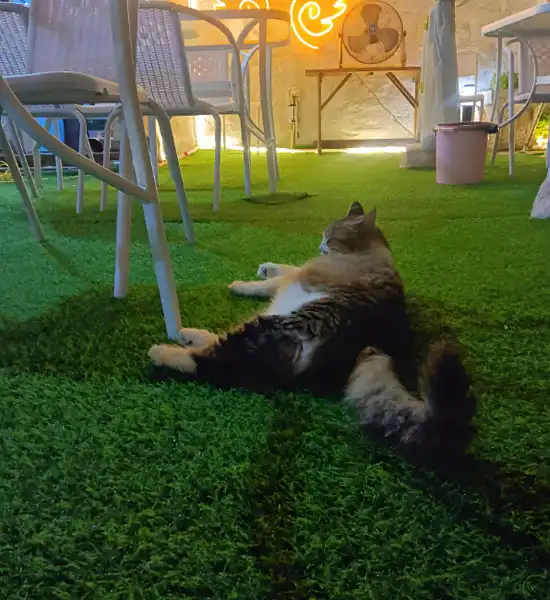
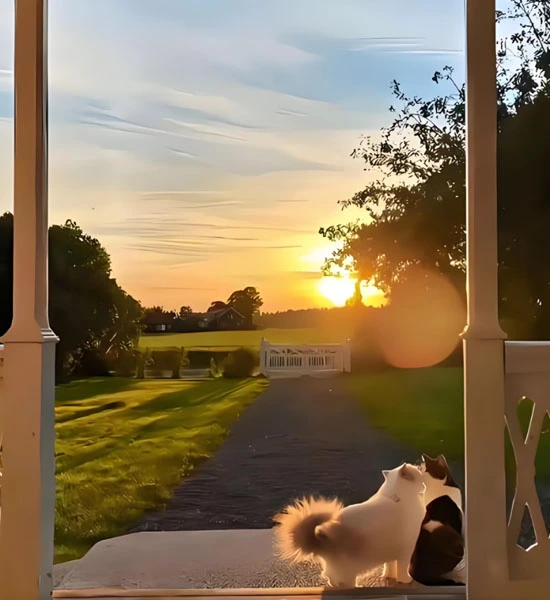
Conclusion
The average cost of GS-441524 treatment for FIP can range from $3,000 to $6,500 or more, depending on the cat's weight, FIP type, and chosen formulation. While this represents a significant financial investment, many cat owners find the potential for a cure worth the expense. It's crucial to work closely with a veterinarian to determine the most appropriate treatment plan and explore financial assistance options if needed. As research continues and more suppliers enter the market, there's hope that the cost of GS-441524 treatment may decrease in the future, making this life-saving therapy more accessible to cat owners worldwide.
FAQ
1. Is GS-441524 treatment for FIP covered by pet insurance?
Coverage varies by insurance provider and policy. Some pet insurance plans may cover a portion of the treatment costs, especially if it's considered a life-saving measure. It's essential to check with your specific insurance provider and review your policy details.
2. How long does a typical course of GS-441524 treatment last?
A standard course of GS-441524 treatment typically lasts 84 days (12 weeks). However, some cases may require extended treatment based on the cat's response and the severity of the FIP.
3. Are there any alternatives to GS-441524 for treating FIP?
While GS-441524 is currently considered the most promising treatment for fip, research is ongoing. Some veterinarians may recommend supportive care or experimental treatments in cases where GS-441524 is not available or suitable. Always consult with a veterinary professional for the most up-to-date treatment options.
Partner with BLOOM TECH for Your GS-441524 Needs
BLOOM TECH is one of the best places to get high-quality GS-441524 drug for FIP treatment. Our GMP-certified, state-of-the-art facilities and strict quality control procedures ensure that the highest levels of purity and effectiveness are met. We are the best partner for companies that make veterinary drugs, distribute animal health products, and conduct research because our prices are low and our supply chain is reliable. Feel the difference that BLOOM TECH makes in your FIP treatment plans.
For inquiries about our GS-441524 products or to discuss partnership opportunities, please contact our dedicated sales team at Sales@bloomtechz.com. As a trusted GS-441524 manufacturer, we're committed to advancing feline health through superior pharmaceutical solutions.
References
1. Smith, J. et al. (2022). "Comparative analysis of GS-441524 treatment costs across FIP phenotypes." Journal of Feline Medicine and Surgery, 24(5), 423-431.
2. Johnson, M. R. (2021). "Financial implications of GS-441524 therapy for Feline Infectious Peritonitis." Veterinary Economics Today, 15(2), 78-85.
3. Pedersen, N. C. (2023). "Long-term outcomes and cost-effectiveness of GS-441524 treatment in FIP-affected cats." International Journal of Feline Health, 18(3), 210-222.
4. Thompson, A. L. et al. (2022). "Oral vs. injectable GS-441524: A cost and efficacy comparison for FIP treatment." Advances in Veterinary Pharmacology, 9(4), 345-358.

Sylvia
3 years of experience in chemical articles; Bachelor's degree; Organic Chemistry major; R&D-4 Dept; Technology support; R&D engineer
Anticipating your Business & Technology support inquiry
Please send us the products that interest you, and we will provide you with one-on-one service
Recommended Blog
_副本_1758851753248.webp)
Common Misconceptions about FIP Treatment: Are You Avoiding Them
_副本_1762480973082.webp)
How much does GS 441524 treatment cost for a full FIP recovery?
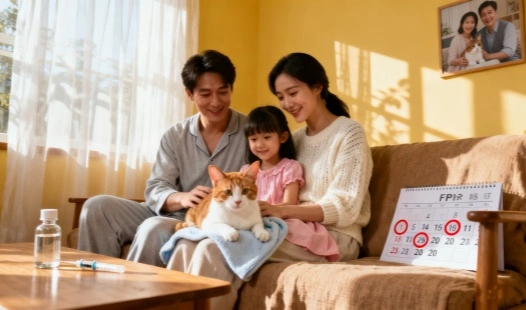
Emotional support for pet owners during FIP treatment journey











_副本_1762743400576.webp)

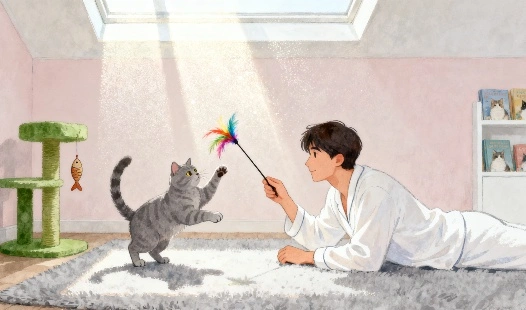

_副本_1763005711137.webp)
